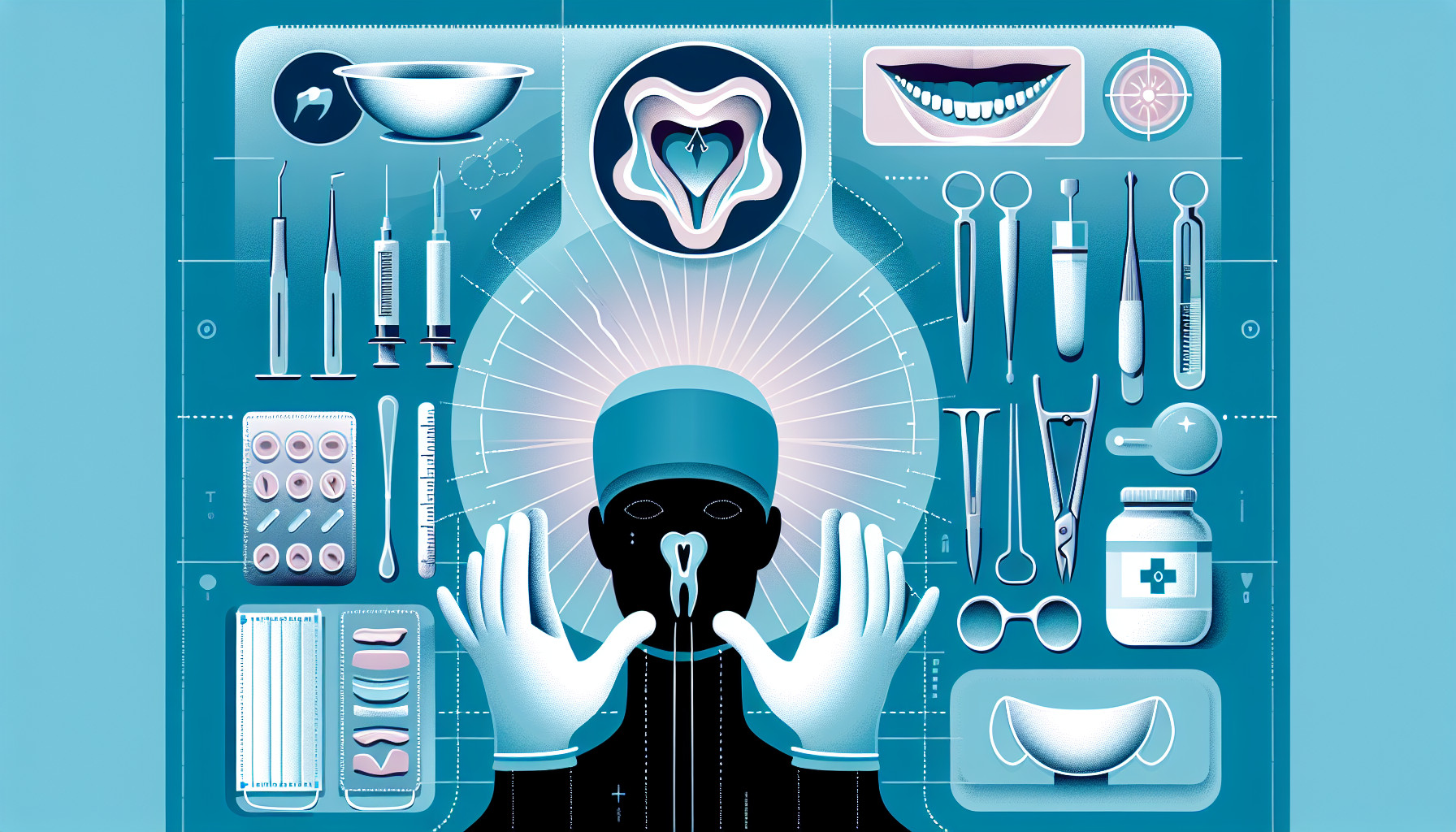Our Summary
This research paper discusses obstructive sleep apnea (OSA), a condition where a person’s airway gets blocked or reduced while they’re asleep. This condition can be related to other health problems. To diagnose this condition, doctors use a variety of methods such as taking a detailed history, conducting physical and x-ray examinations, using a special camera to look inside the patient’s body (endoscopy), and conducting sleep studies (polysomnography).
The paper also covers the treatment options for OSA, which can be non-surgical or surgical. One particular surgical approach, known as maxillomandibular advancement (MMA), is part of the Stanford Protocol. This surgery moves the upper and lower jaw forward to increase the size of the airway and reduce the risk of it getting blocked during sleep.
The research also discusses things that need to be considered during this surgery, like how much the jaw needs to be moved, when the surgery should take place, and potential complications that are specific to this type of surgery.
The paper concludes that with proper planning and good communication with the patient, MMA can effectively treat OSA. This is based on both objective measures (like tests results) and subjective measures (like patient feedback).
FAQs
- What is the Stanford Protocol for surgical management of obstructive sleep apnea (OSA)?
- What are the potential complications specific to maxillomandibular advancement (MMA) as a surgical treatment for OSA?
- How effective is maxillomandibular advancement (MMA) in treating obstructive sleep apnea (OSA)?
Doctor’s Tip
One helpful tip a doctor might tell a patient about oral surgery, specifically maxillomandibular advancement for obstructive sleep apnea, is to follow all pre-operative instructions carefully. This may include avoiding certain medications, fasting before surgery, and arranging for transportation to and from the surgical facility. By following these instructions, the patient can help ensure a successful surgical outcome and reduce the risk of complications.
Suitable For
Patients who are typically recommended for oral surgery include those with obstructive sleep apnea (OSA) who have failed nonsurgical treatments, such as continuous positive airway pressure (CPAP) therapy. These patients may benefit from surgical interventions, such as maxillomandibular advancement (MMA), which can help to improve their airway and alleviate symptoms of OSA. Other patients who may be recommended for oral surgery include those with craniofacial abnormalities, temporomandibular joint disorders, impacted teeth, or other conditions that require surgical correction. It is important for patients to undergo a thorough evaluation by a qualified oral surgeon to determine the most appropriate treatment plan for their individual needs.
Timeline
- Before oral surgery:
- Patient presents with symptoms such as loud snoring, daytime fatigue, witnessed apneas, and morning headaches.
- Patient undergoes a detailed history and physical examination by a healthcare provider, including evaluation of risk factors for obstructive sleep apnea (OSA).
- Patient may be referred for polysomnography (sleep study) to confirm the diagnosis of OSA.
- If OSA is confirmed, patient may undergo further evaluation such as endoscopy and radiographic imaging to assess the airway anatomy.
- Treatment options are discussed, including nonsurgical interventions such as continuous positive airway pressure (CPAP) therapy or oral appliances, as well as surgical interventions such as maxillomandibular advancement (MMA).
- If MMA is chosen as the treatment option, the patient undergoes preoperative planning and preparation, including discussion of the surgical procedure, potential risks and benefits, and postoperative care.
- After oral surgery:
- Patient undergoes maxillomandibular advancement (MMA) surgery, which involves repositioning the upper and lower jaws to increase the size of the airway and reduce obstruction during sleep.
- Patient may experience postoperative pain, swelling, and difficulty eating and speaking, which can be managed with pain medication and a soft diet.
- Patient is monitored closely for complications such as infection, bleeding, and changes in bite alignment.
- Patient attends follow-up appointments with the healthcare provider to assess healing and adjust any postoperative interventions as needed.
- Patient may undergo postoperative polysomnography to evaluate the effectiveness of the MMA surgery in treating obstructive sleep apnea.
- Patient experiences improvement in symptoms such as reduced snoring, improved sleep quality, and increased daytime energy levels following successful MMA surgery.
What to Ask Your Doctor
What are the potential risks and complications associated with oral surgery for obstructive sleep apnea?
How long is the recovery period after maxillomandibular advancement surgery?
Will I need to follow a special diet or take specific medications after surgery?
How long will it take for me to see improvements in my sleep apnea symptoms after surgery?
What type of follow-up care will be needed after the surgery?
Are there any alternative treatment options for my sleep apnea that I should consider?
How experienced are you in performing maxillomandibular advancement surgery for sleep apnea?
Can you provide me with information on the success rates of this surgery for treating sleep apnea?
How will my jaw and facial appearance be affected by this surgery?
Are there any long-term effects or risks associated with maxillomandibular advancement surgery for sleep apnea?
Reference
Authors: Quah B, Sng TJH, Yong CW, Wen Wong RC. Journal: Oral Maxillofac Surg Clin North Am. 2023 Feb;35(1):49-59. doi: 10.1016/j.coms.2022.06.001. Epub 2022 Nov 3. PMID: 36336592
